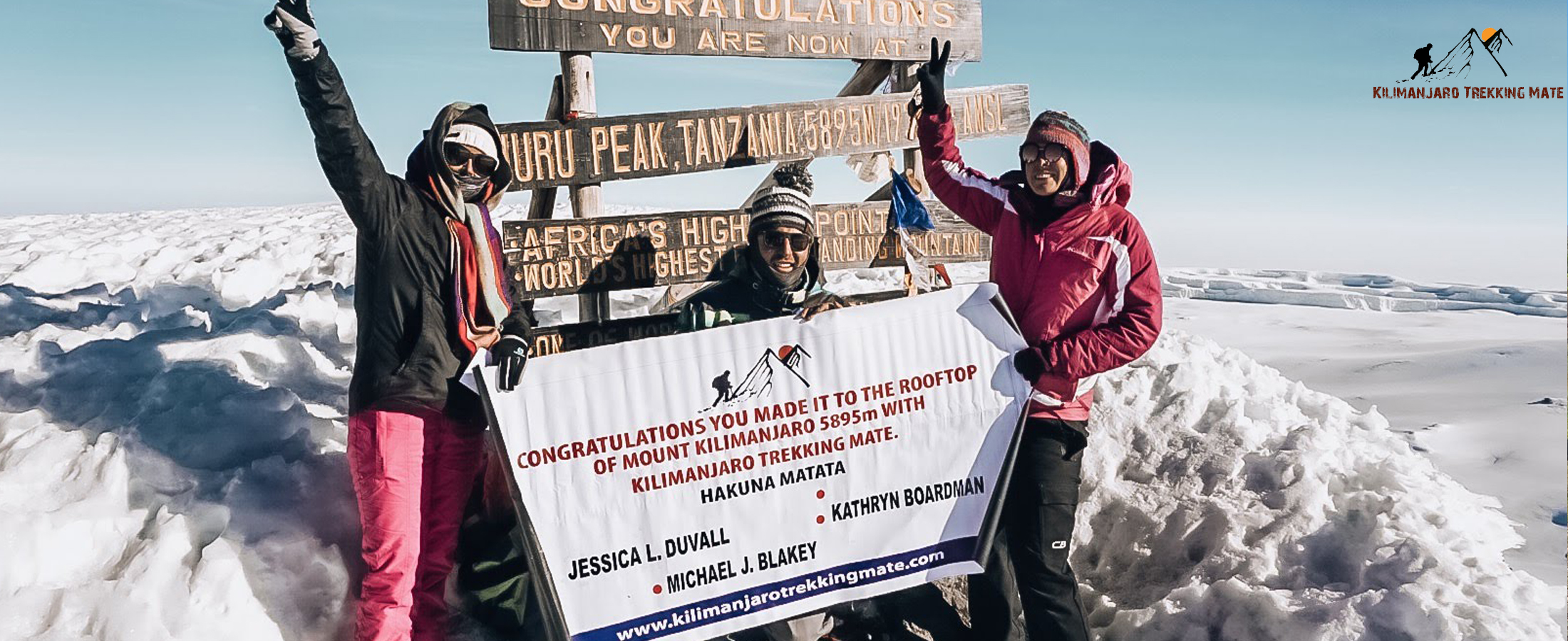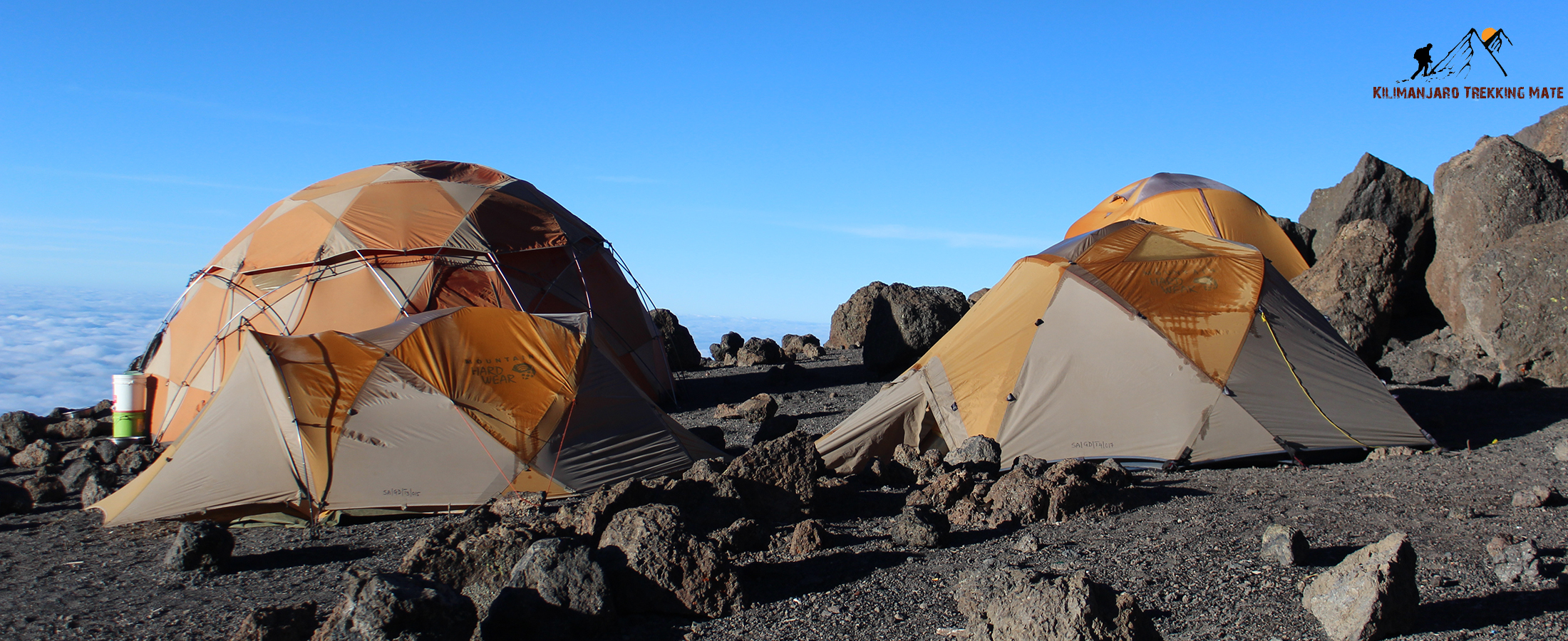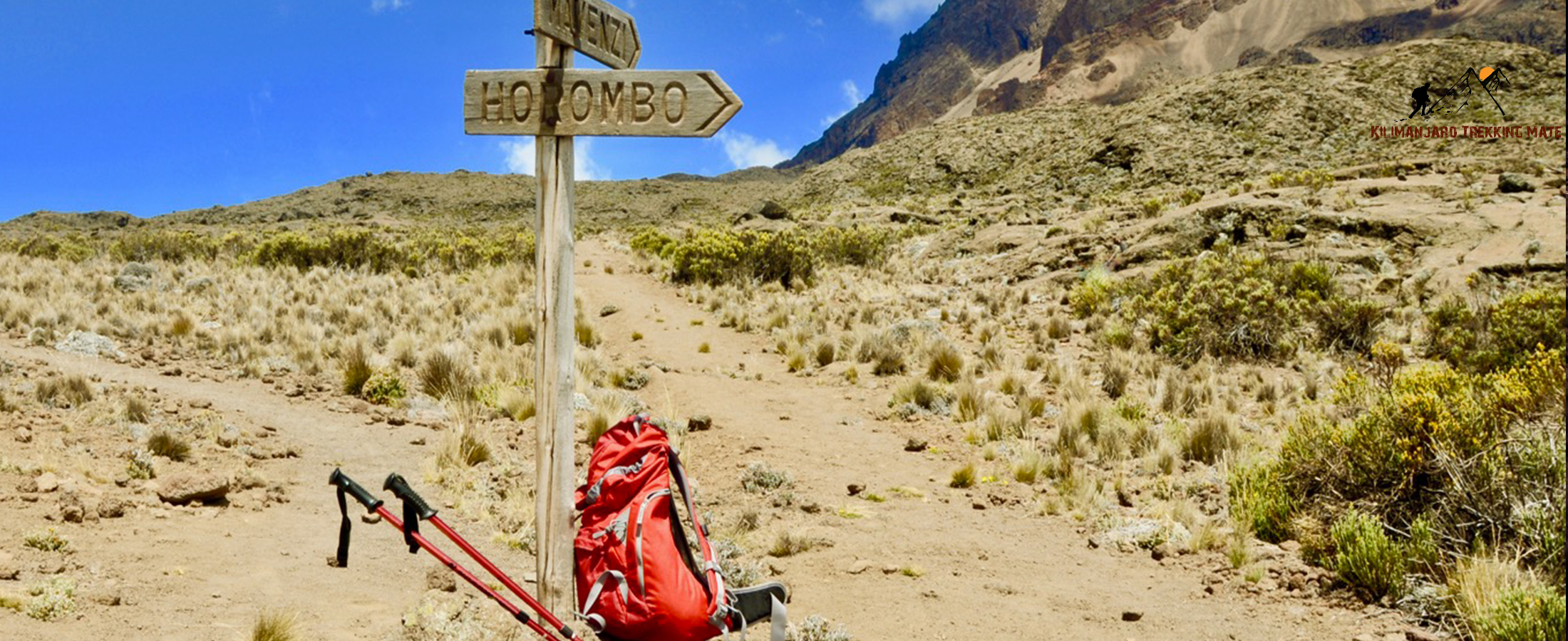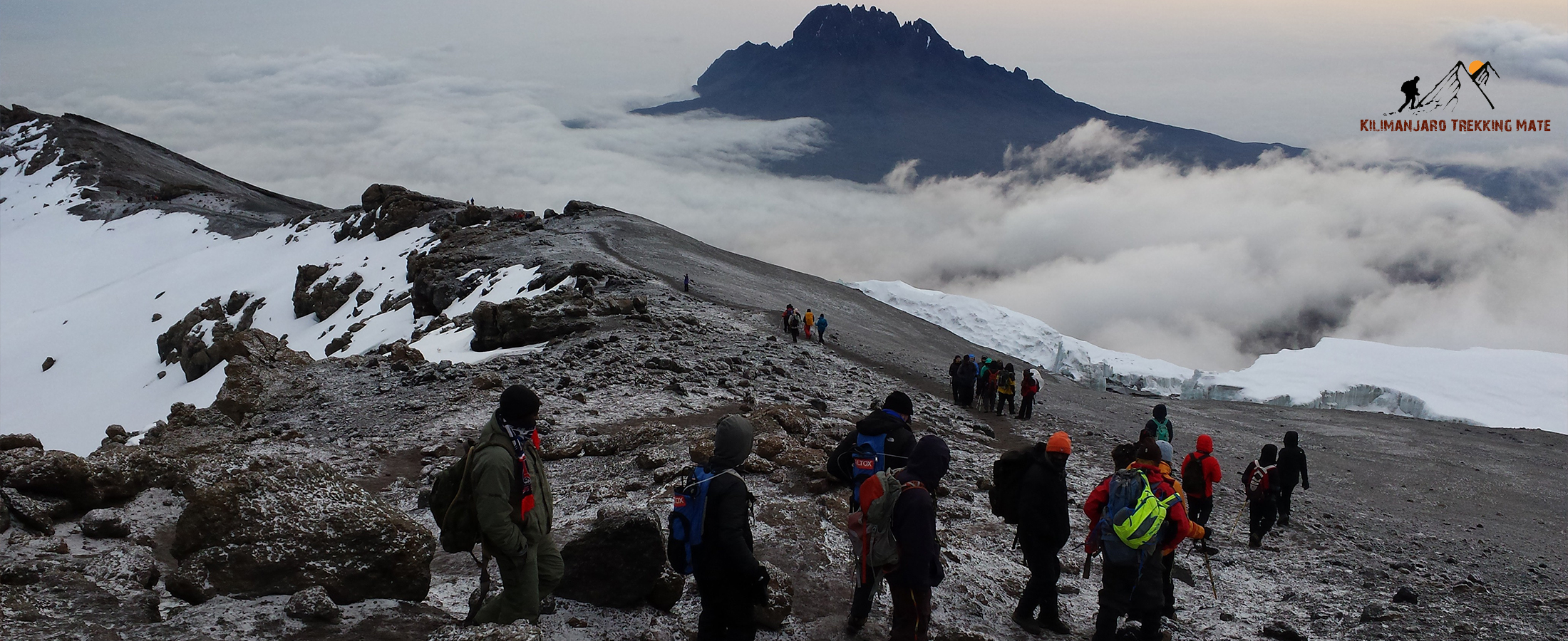What is Altitude sickness
Altitude sickness or mountain sickness is caused by ascending too rapidly, which does not allow the body enough time to adjust to reduced oxygen and changes in air pressure. But the higher and faster a person climbs, the more likely altitude sickness will develop. About 20% of people who ascend above 2,500 meters (8,000 feet) in a day will experience symptoms.
Causes of Altitude Sickness
All forms of altitude sickness are caused by low levels of oxygen at very high altitudes. These lower levels result in hypoxia, a shortage of oxygen in the body's tissues. The effects of hypoxia may be mild or even unnoticeable. Altitude sickness is most likely to occur with a rapid increase in elevation, as well as by the cold experienced at high altitudes.
People can adjust to the effects of hypoxia at high altitudes, but only up to a point. At elevations up to 3,000 metres (10,000 feet), most people have no problems after a few days. But no one can survive permanently above 5,100 metres (17,000 feet). At the elevations reached by mountain climbers,
Who gets Altitude Sickness?
Anyone climbing Kilimanjaro can develop altitude sickness. Not everyone gets it; the effects of altitude vary from one person to the next. Some adjust to the decrease in oxygen more easily than others. But the higher and faster a person climbs, the more likely altitude sickness will develop. About 20% of people who ascend above 2,500 metres (8,000 feet) in a day will experience symptoms.
Altitude sickness has three forms
- AMS – stands for ( Acute Mountain Sickness ) iscommon when climbing Kilimanjaro but not life-threatening if dealt with correctly
- HAPE – stands for ( High Altitude Pulmonary Edema ) less common but life-threatening
- HACE – stands for ( High Altitude Cerebral Edema ) less common but life-threatening
Altitude /Mountain sickness on
Acute mountain sickness ( AMS )
Acute mountain sickness is an illness that can affect mountain climbers, hikers, travelers at high altitudes, usually above 8,000 feet (2,400 meters). AMS is common at high altitudes and occurs in over 50% of individuals who live at a low altitude and sleep at altitudes about 3,000 m (10,000 ft). The severity of AMS is variable. Symptoms usually begin within 6 to 12 hours of arrival at altitudes above 2,400 m (8,000 ft), but may begin as soon as one hour or as long as 24 hours after arriving. Symptoms generally begin to decrease in severity by the third day.
Causes
Acute mountain sickness is caused by reduced air pressure and lower oxygen levels at high altitudes.
The faster you climb to a high altitude, the more likely you will get acute mountain sickness.
AMS symptoms
Your symptoms will also depend on the speed of your climb and how hard you push (exert) yourself. Symptoms range from mild to life-threatening. They can affect the nervous system, lungs, muscles, and heart.
The symptoms of AMS are similar to a hangover and include:
- Headache,
- Fatigue,
- Dizziness or light-headedness
- Lack of appetite,
- Difficulty sleeping (because of waking frequently from Cheyne-Stokes breathing),
- Nausea with occasional vomiting and decreased co-ordination.
Symptoms may be mild or severe and are often the worst after the first night at altitude and improve within a day if you do not ascend to a higher altitude. However symptoms may return as you travel higher.As long as symptoms are mild, climbers can usually continue to climb at a moderate rate. As symptoms become more severe, you should not climb higher until your symptoms have resolved (usually within 24 hours) and you should consider descent to reverse the symptoms. Even a descent of 300 m (1,000 ft) will significantly improve symptoms.
You should rest and avoid drinking alcohol and taking sedatives or sleeping pills as you recover. This may mean that you, as well as your fellow climbers, will be delayed or unable to climb as high or as far as you had hoped. However, climbing higher while you have symptoms of AMS can lead to serious complications. All symptoms of AMS should be communicated to the head guide who will make a decision about whether or not to evacuate the climber suffering from AMS.
High Altitude Pulmonary Edema (HAPE)
HAPE is a build-up of fluid in the lungs that prevents the air spaces from opening up and filling with fresh air with each breath. When this happens, the sufferer becomes progressively more short of oxygen, which in turn worsens the build-up of fluid in the lungs. In this way, HAPE can be potentially fatal within hours.
Symptoms.
Symptoms may include: cough shortness of breath even at rest, fatigue, grunting or gurgling sounds when breathing, persistent cough with white or pink-tinged frothy fluid, feeling of impending suffocation or drowning, confusion and irrational behavior. In cases of HAPE, immediate descent is necessary. Patients should be evacuated to a medical facility for follow-up treatment.
High Altitude Cerebral Edema (HACE)
HACE is a life-threatening illness and is a severe form of AMS. It is caused by leaky blood vessels in the brain leading to swelling of brain tissue. HACE usually occurs within a few days after climbing above 3,000 to 3,500 m (9,800 to 11,500 ft).
Symptoms.
Symptoms may include: headache; exhaustion with severe weakness, drowsiness, loss of co-ordination and difficulty walking in a straight line Severe illness can lead to death if not treated quickly and immediate descent is a necessary life-saving measure. Follow-up care must be sought at a medical facility.
Acclimatization
The main cause of altitude sickness is going too high too fast. Over time your body will adapt to the lower oxygen levels at a specific altitude. This adaptation is called acclimatization and generally takes one to three days at any given altitude. In order to increase oxygen levels in the blood, you body responds by increased the frequency and depth of your breathing. It is possible to prevent altitude sickness by ascending slowly and allowing your body to adjust as you go. Watching for early signs and symptoms of high altitude illness and responding quickly by descending to a lower altitude can usually avoid serious complications of high altitude disease.
Preventative Medications
Diamox (Acetazolamide) – Diamox is a drug that allows you to breathe faster so you metabolize more oxygen and minimize or prevent symptoms of AMS. It is advisable to start taking it 24 hours before you go to altitude in order for it to have an effect and continue for at least five days or until you reach the highest point of your trip. It can temporarily cause carbonated drinks to taste unpleasant. Other possible side effects include: tingling of the lips, hands or feet, nausea or blurred vision. Diamox is a sulfa medicine and people with sulfa allergies should not take it. It is also not recommended in pregnancy.
Dexamethasone – Dexamethasone is a steroid that may be recommended as a preventive treatment if you are allergic to Diamox. Euphoria and mental disorientation are complications feared by some, yet a number of studies have failed to demonstrate these symptoms. However, dexamethasone should not be taken for more than seven days in order to avoid side effect due to ‘long-term’ steroid use such as high glucose blood levels, high levels of calcium in the urine, protein catabolism, immune suppression and psychiatric effects.
Ibuprofen – A number of over the counter anti- inflammatories such as ibuprofen can help prevent the headache that occurs with AMS.
Ginkgo biloba – Ginkgo biloba is a complex herbal extract preparation with many active ingredients. While some small studies suggest that ginkgo biloba is effective at reducing the symptoms of AMS in adults, larger trials have failed to demonstrate benefit.
We recommend if you plan to go to high altitude do not take diuretics or other medicines without a prescription from a doctor. ( See your doctor for the Advice. )
While you are on the Mountain - Always inform your Guide if you are feeling unwell, they are much more used to issue arising at altitude and will be able to help you
The best prevention is to always allow the body to acclimatize to altitudes higher than those the body is used to:
- Start slowly - begin at an altitude of than 2,700 metres (9,000 feet).
- Allow time to adjust - rest a day after arriving.
- Take it easy - high altitudes make normal activities more difficult. Slow down if you are out of breath or tired.
- "Climb high…sleep low."
- It's also important to keep well hydrated. Drink plenty of fluids, and avoid alcohol, cigarettes and medications which can aggravate symptoms. Do not take sleeping pills as they may worsen the condition by slowing down your breathing thereby causing more hypoxia.





